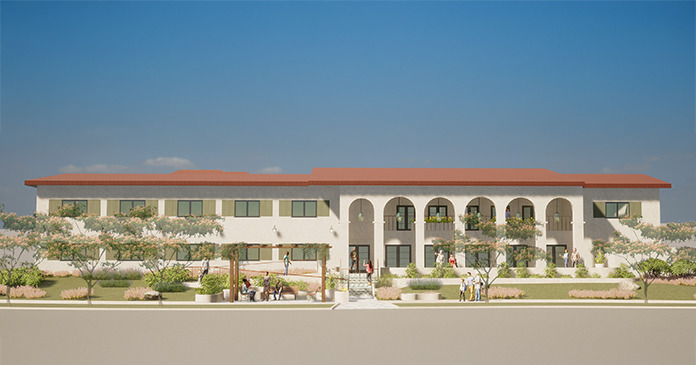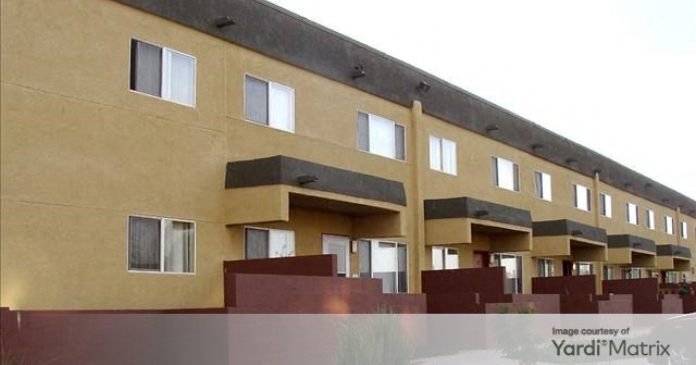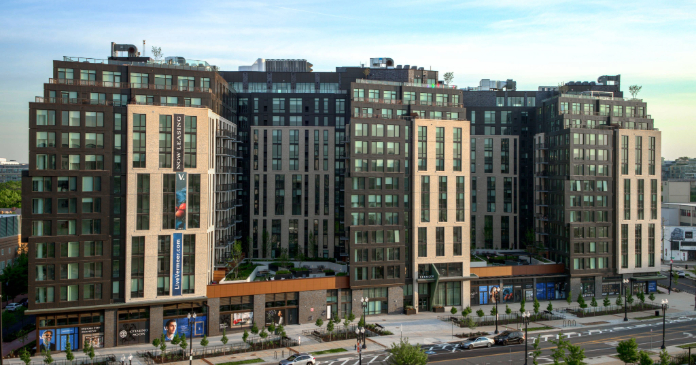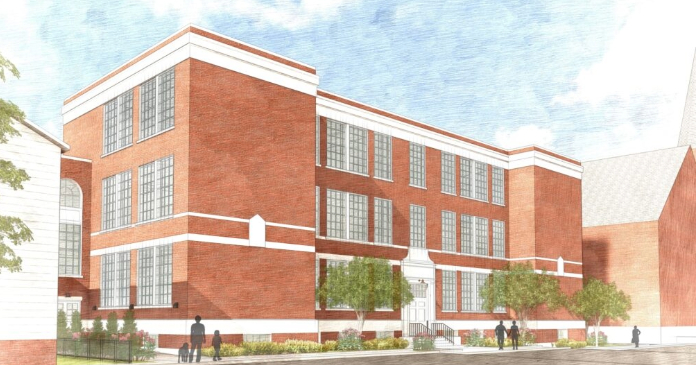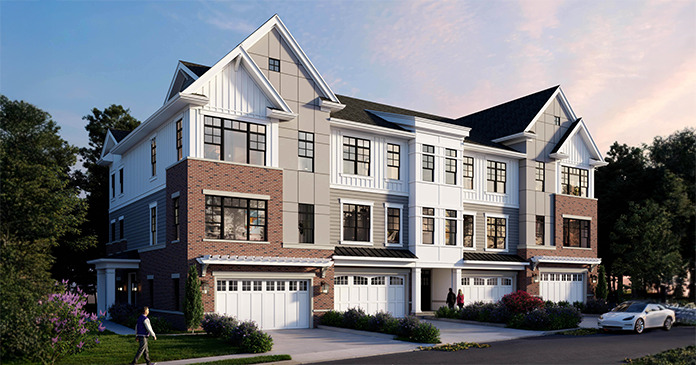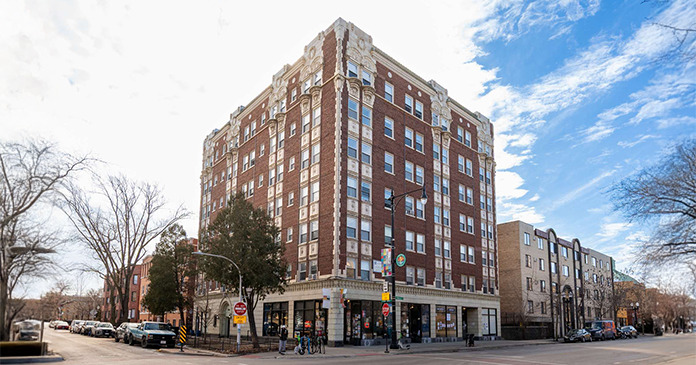Apartment market conditions showed mixed results in the National Multifamily Housing Council’s Quarterly Survey of Apartment Market Conditions for January 2021, as the industry continues to grapple with the ongoing COVID-19 pandemic. While the Sales Volume (53) and Equity Financing (58) indexes both came in above the breakeven level (50), the index for Market Tightness (43) indicated continued weakness and the Debt Financing index (49) showed little change.
“We are continuing to observe a tale of two markets during the COVID-19 pandemic,” noted NMHC Chief Economist Mark Obrinsky. “Despite higher vacancy and lower apartment rent growth overall, this weakness has been largely concentrated in high-cost urban areas. Many suburban areas, on the other hand, continue to benefit from an influx of ex-urbanites.”
“Another silver lining to be gleaned from this month’s survey is that less than a third (30 percent) of respondents actually reported looser market conditions, compared to 49 percent of respondents in October, 71 percent of respondents in July, and 82 percent of respondents in April. Instead, a majority of respondents (53 percent) this month thought that market conditions were unchanged, suggesting that we may be nearing an inflection point in the market for apartment residences.”
- Although the Market Tightness Index increased from 35 to 43, it remained below 50, indicating looser market conditions. Only 16 percent of respondents reported tighter market conditions than three months prior, compared to 30 percent who reported looser conditions. The majority (53 percent) felt that conditions were no different from last quarter.
- The Sales Volume Index came in at 53, a decline from 72 in October but still above the breakeven level and the second-best reading in two-and-a-half years. There was little consensus among respondents as over one-third (35 percent) of respondents reported higher sales volume than three months prior, while 29 percent indicated lower sales volume. Thirty-one percent deemed volume unchanged from the previous quarter.
- The Equity Financing Index edged down from 62 to 58. Nearly one-quarter (24 percent) of respondents reported that equity financing was more available than in the three months prior, while a small portion (8 percent) believed equity financing was less available. However, 52 percent of respondents thought that conditions were unchanged in the equity market.
- The Debt Financing Index dropped from 73 to 49. Twenty-two percent of respondents reported better conditions for debt financing compared to three months prior, compared to 24 percent who felt that financing conditions were worse. The greatest share of respondents (46 percent) thought that conditions were unchanged in the debt market.
Given that demand has weakened in many of the top tier high barrier-to-entry markets, such as New York City, San Francisco and Los Angeles, we asked respondents how they plan to adjust their investment strategies going forward. Respondents were generally cautious in their outlook, but not altogether spooked. Very few respondents (8 percent) said they plan on disinvesting in these high barrier-to-entry markets entirely. At the opposite end of the spectrum, nearly one-quarter (23 percent) of respondents indicated that they will continue to invest in these markets as they present good long-term potential, and nearly half (48 percent) of respondents said that they are investing carefully in these areas only when a special opportunity arises. Finally, the remaining 21 percent of respondents have adopted a “wait and see” strategy, putting all investment/disinvestment in high barrier-to-entry markets on hold until a clear post-pandemic picture arises.
About the survey
The January 2021 Quarterly Survey of Apartment Market Conditions was conducted January 19-26, 2021; 122 CEOs and other senior executives of apartment-related firms nationwide responded.






